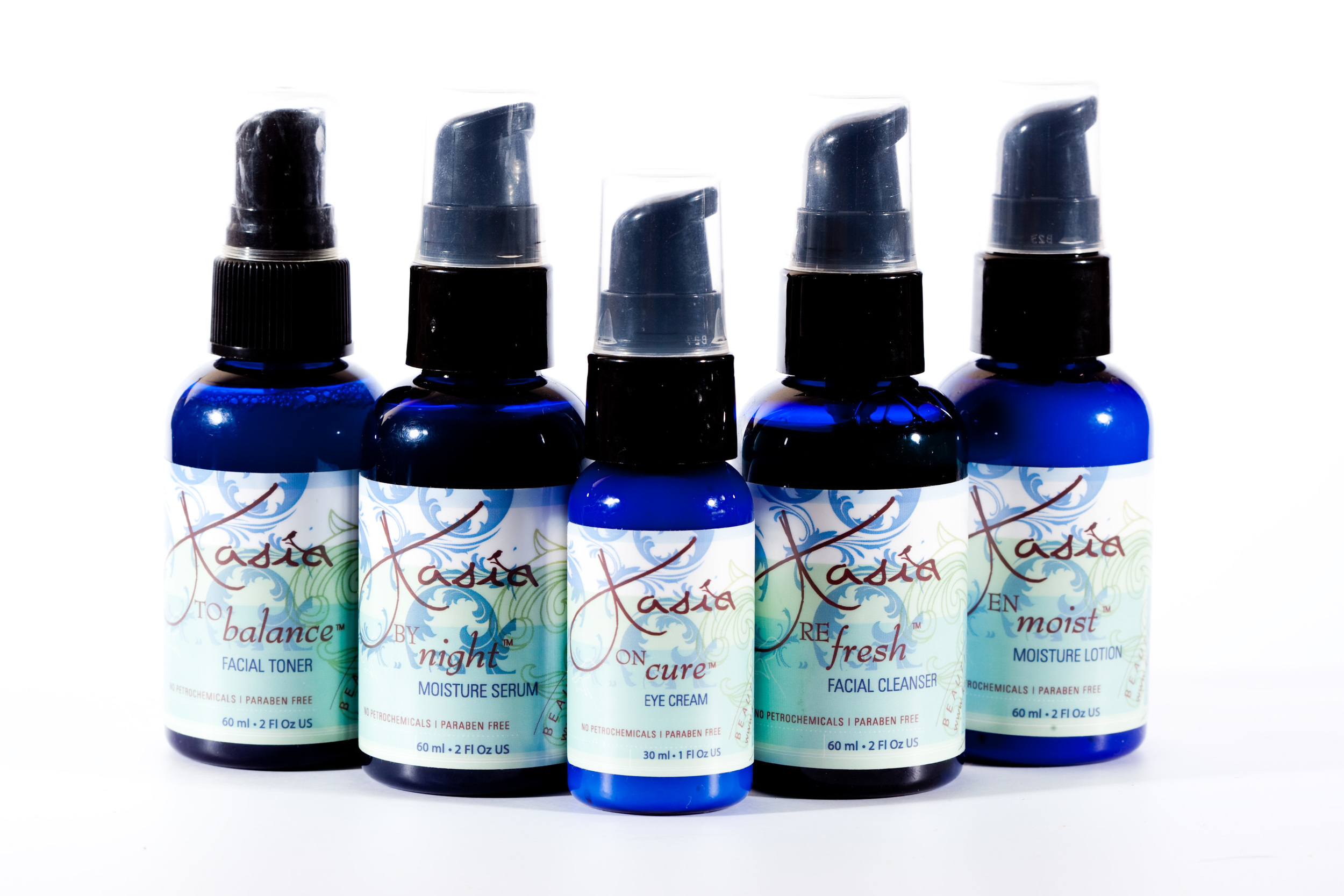As a guide, go over each zone of the face and look for any changes in colour (from your normal skin tone), deep lines (that aren’t part of the normal aging process), congestion (pimples, blackheads, milia, whiteheads) or puffiness.
Below is a guide to the key areas of the face and their associated organs. Included are key indications about lines and colours that provide additional information.
In descending order down the forehead: Bladder, Large Intestine, Small Intestine.
Usually lines across the forehead reflect an imbalance. Congestion or acne in this area represents digestive congestion and possibly poor detoxification. Red and dry or flaky skin is an indication of lack of fluids in the digestive tract.
Between the Eyes
This is the liver zone. A red patch between the eyes is a possible indication of poor liver detoxification and even heavy metal toxicity (particularly mercury). Vertical lines in this zone indicate Liver imbalance.
Under the Eyes
The top of the eye and directly below the eyes is the kidney zone. Puffiness and fluid retention in this area is a sign the body is holding on to too much fluid (watery and swollen with a blue tinge) or is mucus congested (fatty and swollen with a yellow tinge). Salt intake should be monitored, as should excessive sugary drinks such as fruit juice and soft drink. To reduce mucus congestion, reduce fat and dairy consumption. Blue circles or white under the eyes indicates tiredness or even exhaustion. A yellow tinge shows the liver and gallbladder are working too hard.
Dry, flaky or red skin in the creases above the eye shows liver stress.
The Nose
The nose tip corresponds to the lungs while the bridge reflects the health of the stomach. Congestion in the form of blackheads usually represents poor stomach digestion and possibly low hydrochloric acid levels.If the nose is red or has broken capillaries, this usually indicates excessive intake of heating liquids including alcohol, coffee and tea.
The Cheeks
Represent the respiratory & circulatory systems. Pimples or congestion in this area are often the result of a high fat and mucus forming diet (simple sugar, dairy and processed foods).Pale cheeks may be a sign of low iron levels whereas overly flushed cheeks show poor circulation and the consumption of too many hot foods such as alcohol, coffee and spices and poor elimination. A greenish tinge indicates liver congestion.
The Mouth
Generally represents the digestive function. White or very pale lips may indicate low iron levels and poor circulation. Dry flaky skin or wrinkles can indicate dehydration. Cracks or sores in the corners of the mouth are signs of low B vitamin or iron levels. Red, hot or bleeding gums are a sign of a hot or over-acidic stomach and so animal fats, simple sugars and heating food & drink needs to be avoided.
The Chin Corresponds to the kidneys and digestive system. Once again congestion in this area can be a sign of a diet high in processed foods, sugars and fats. It can also indicate unbalanced kidney function, which is usually the result of pushing the body by working too hard, stress or going beyond normal physical endurance.
The Jaw and under the jaw line Often a hormonal influence, particularly if worsens in accordance with monthly cycles. Cysts rather than pimples may indicate lymphatic toxicity, which may result from medications, environmental toxins or a highly processed and sugar rich diet.
Kasia Beautiful Health Skin Care is made of pure and nutritious ingredients. Our unique formulations contain no questionable ingredients.
Reference: vitaleblog.org


